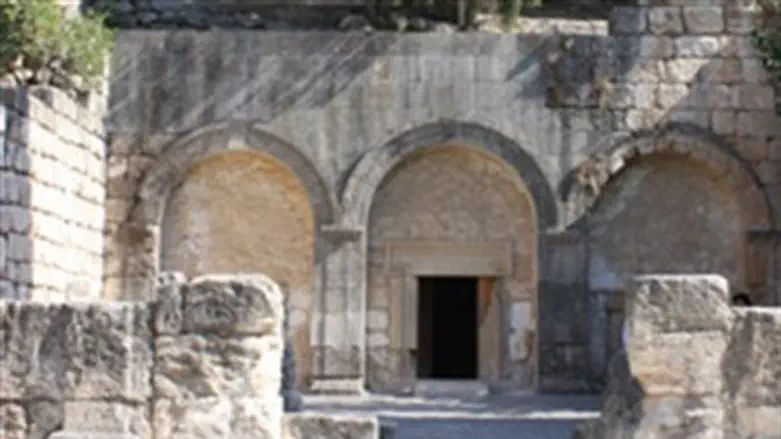
The United Nations Educational, Scientific and Cultural Organization (UNESCO) added on Sunday the Beit Shea'rim National Park to its list of World Heritage Sites.
Beit She'arim, located in the lower Galilee near Kiryat Tiv'on, is the ninth Israeli site to be recognized by UNESCO's World Heritage program.
An ancient Jewish town, Beit She'arim was built toward the end of the first century BCE during the reign of King Herod.
It grew to become a great center of Jewish thought, when, after the destruction of the Second Temple in 70 CE, the Sanhedrin moved there from Jerusalem.
Famous Jewish leader, Rabbi Yehuda HaNasi, who served as the head of the Sanhedrin and compiled the Mishna - the first codification of Jewish law - also lived and worked there.
The prosperous town survived until 352 CE, when it was destroyed by fire, at the end of the Jewish rebellion against Constantius Gallus, Caesar of the eastern Roman Empire at the time.
In addition to the archaeological site of the town, Beit She'arim also includes 30 rock-hewn burial caves in which the wealthy and scholars were buried, including Rabbi Yehuda HaNasi.
Deputy Foreign Minister Tzipi Hotovely was quick to welcome UNESCO's decision.
"Beit She'arim, the place from which came out the Oral Torah, is one of the most important symbols of the legacy of the Jewish people. I am happy that an organization like UNESCO recognizes the deep connection between Jewish history to the people of Israel today."